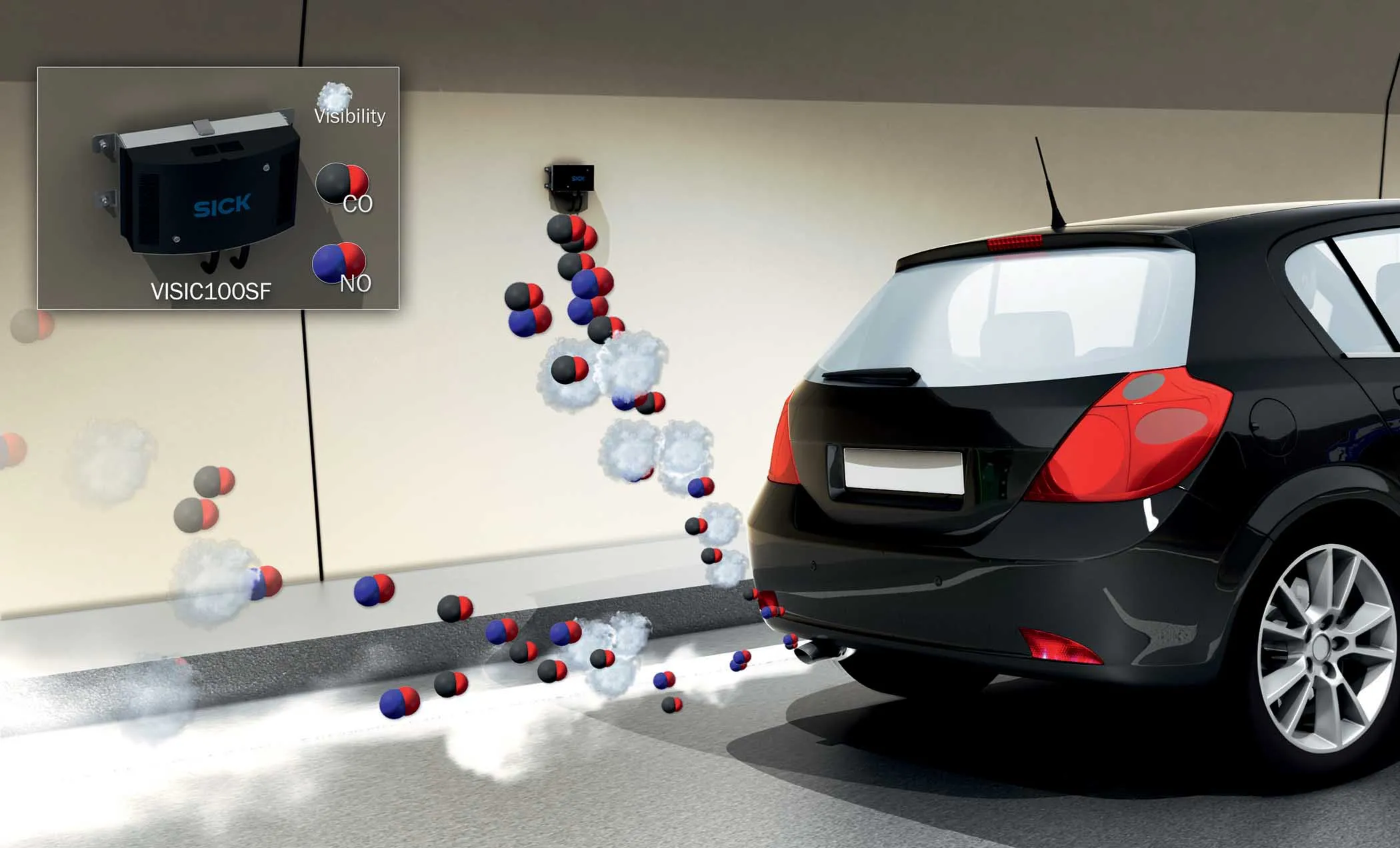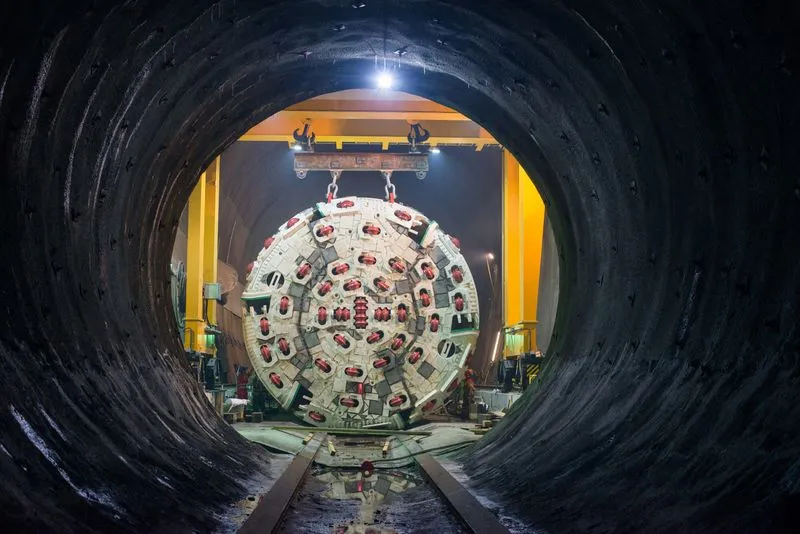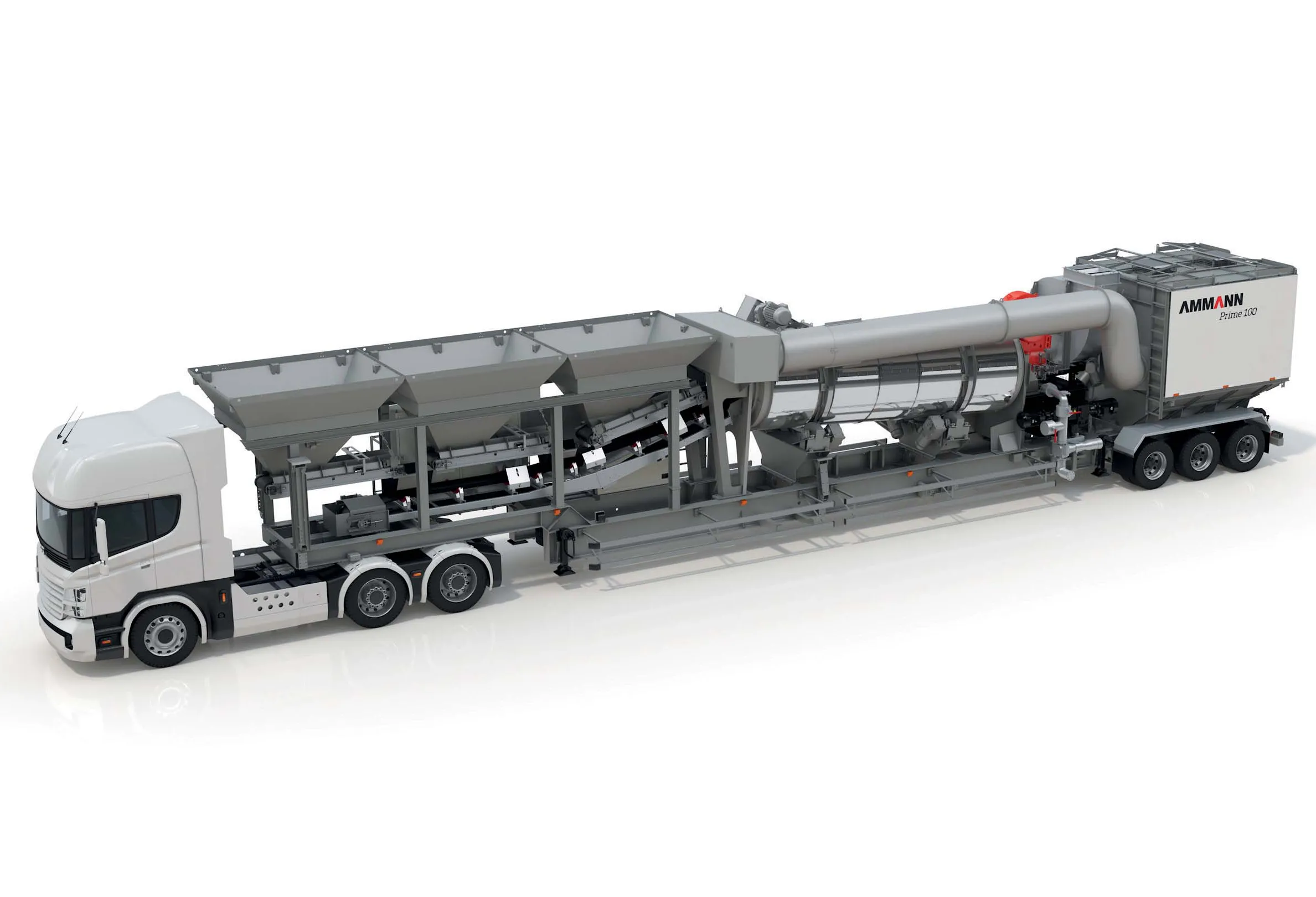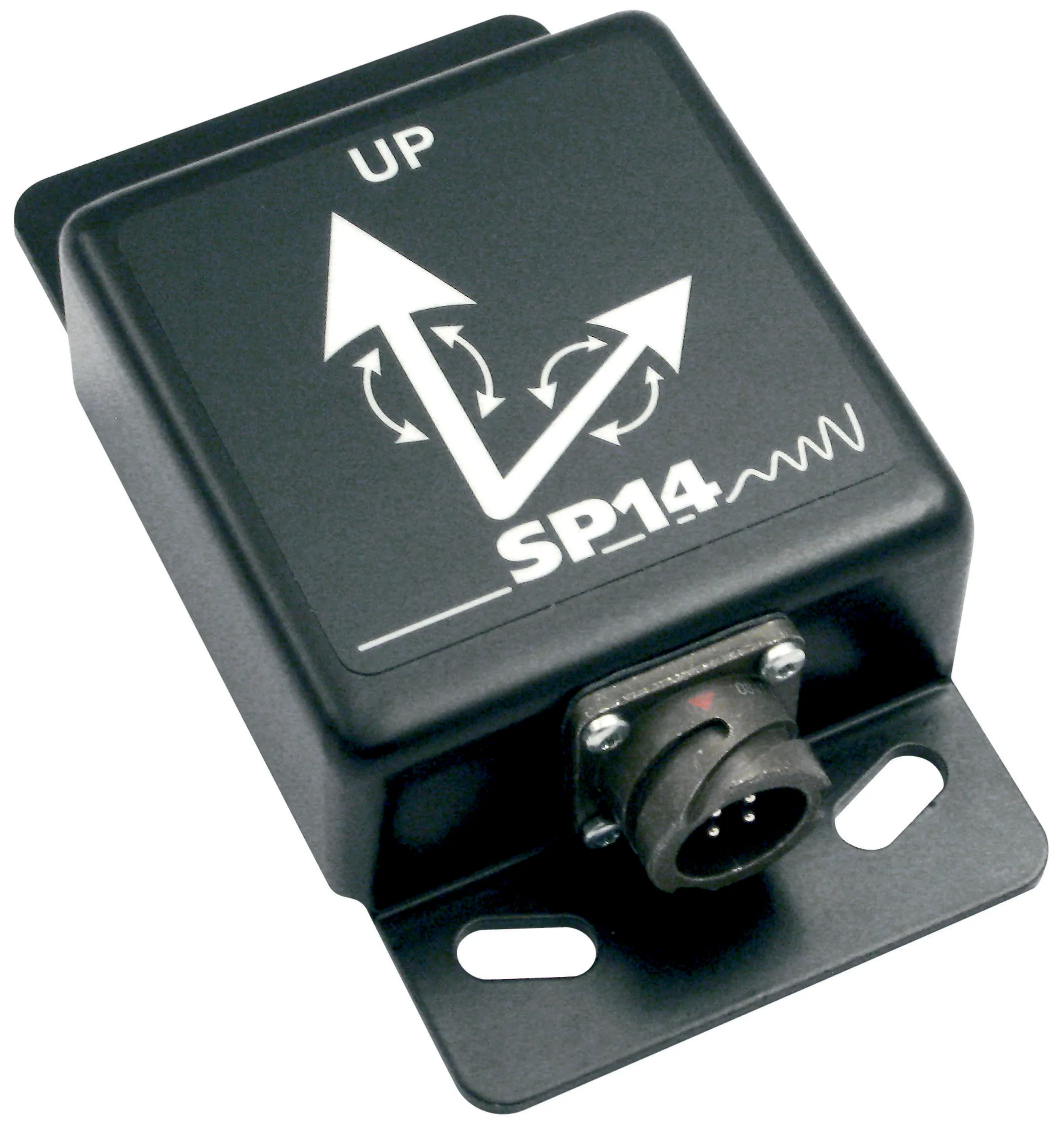Tunnel operators and owners can use SICK’s novel tunnel monitoring technology to provide early warnings of unsafe visibility and pollution conditions inside tunnels.
This can help ensure the safety of vehicle occupants and tunnel staff. The SICK VISIC100SF visibility, carbon monoxide and nitric oxide (CO/NO) sensor is a tunnel environment monitor and combines scattered light measurement with electrochemical cell sensing in a single, compact housing.
The firm says that the SICK VISIC100SF enables tun
January 5, 2016
Read time: 2 mins

Tunnel operators and owners can use 3316 SICK’s novel tunnel monitoring technology to provide early warnings of unsafe visibility and pollution conditions inside tunnels.
This can help ensure the safety of vehicle occupants and tunnel staff. The SICK VISIC100SF visibility, carbon monoxide and nitric oxide (CO/NO) sensor is a tunnel environment monitor and combines scattered light measurement with electrochemical cell sensing in a single, compact housing.
The firm says that the SICK VISIC100SF enables tunnel operators to anticipate dangerous build-up and implement mitigation measures such as ventilation or restricted entry. The unit can also operate reliably in foggy conditions.
The SICK VISIC100SF is said to be the only tunnel sensor of its type to combine visibility measurements, with a range of up to 15km, CO detection of 0 – 300ppm (≤3% accuracy) and NO detection of 0 – 100ppm (≤3% accuracy).
The SICK VISIC100SF is mounted in rugged stainless steel housing and can withstand harsh tunnel conditions including tunnel washing procedures. The unit offers an operating range of -200C to +550C and an optional heating element ensures resistance to foggy conditions. Set-up is said to be easy with no requirement for alignment.
This can help ensure the safety of vehicle occupants and tunnel staff. The SICK VISIC100SF visibility, carbon monoxide and nitric oxide (CO/NO) sensor is a tunnel environment monitor and combines scattered light measurement with electrochemical cell sensing in a single, compact housing.
The firm says that the SICK VISIC100SF enables tunnel operators to anticipate dangerous build-up and implement mitigation measures such as ventilation or restricted entry. The unit can also operate reliably in foggy conditions.
The SICK VISIC100SF is said to be the only tunnel sensor of its type to combine visibility measurements, with a range of up to 15km, CO detection of 0 – 300ppm (≤3% accuracy) and NO detection of 0 – 100ppm (≤3% accuracy).
The SICK VISIC100SF is mounted in rugged stainless steel housing and can withstand harsh tunnel conditions including tunnel washing procedures. The unit offers an operating range of -200C to +550C and an optional heating element ensures resistance to foggy conditions. Set-up is said to be easy with no requirement for alignment.









